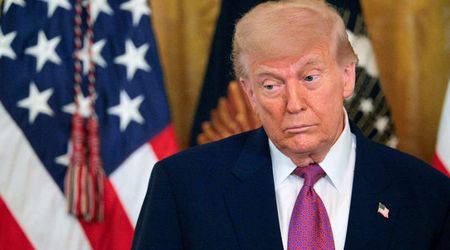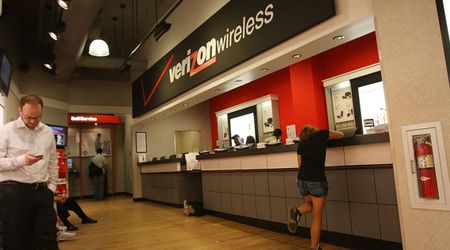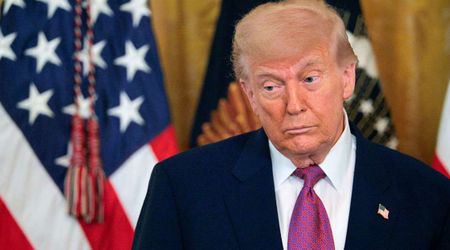Breakthrough in Fraud Detection: Researchers Develop Highly Accurate Keystroke Biometrics System

A team of researchers at Brigham Young University (BYU) has achieved a significant breakthrough in fraud detection. Their innovative keystroke tracking system exhibits remarkable accuracy, boasting a success rate of 95.5%, as per a recent study. This cutting-edge technology is poised to revolutionize the identification of fraudulent activities, particularly instances where malicious actors attempt to input stolen Personally Identifiable Information (PII).

The Science Behind the System
The system's development hinges on the hypothesis that individuals exhibit unique muscle memory patterns when typing familiar information, such as their names and passwords. This concept led the researchers, including BYU professors David Wilson and Jeffrey Jenkins, along with Joseph Valacich from the University of Arizona and David Kim from Texas Christian University, to create a tracking system that monitors keystroke dynamics.
The system's proficiency lies in its ability to discern subtle nuances in typing patterns, allowing it to differentiate between legitimate users and potential fraudsters. By analyzing the unique rhythm and timing of keystrokes, the system can accurately identify cases where someone is attempting to input information that does not align with the established user's profile.

Comprehensive Testing and Remarkable Results
This innovative approach underwent rigorous testing through four observational studies involving over 1,000 participants. The researchers’ system adeptly identified instances where participants entered information that did not belong to them, achieving an accuracy rate of 95.5%. According to Professor Wilson, the study revealed stark contrasts in behavior and interaction patterns when individuals entered their data compared to when they entered someone else's.

User-Friendly Technology
The fraud detection system operates using JavaScript, ensuring compatibility with almost all computing devices in use today. This backend script records typing timings and patterns, transmitting the data back to the researchers' servers. This method offers a seamless and low-friction experience for users, avoiding the need for additional verification steps commonly found in other fraud detection methods. According to Wilson, this technology could be particularly beneficial for financial institutions, offering a new, unobtrusive way to combat fraud.
The development of this keystroke biometrics system is timely, aligning with the projected growth of the keystroke dynamics market, which is expected to reach $1.4 billion by 2028. This technology forms a significant part of the behavioral biometrics market, anticipated to grow to $9 billion by 2031. The research team's work represents a major step forward in the field of cybersecurity, providing a robust, user-friendly solution to the growing challenges of identity fraud.
























